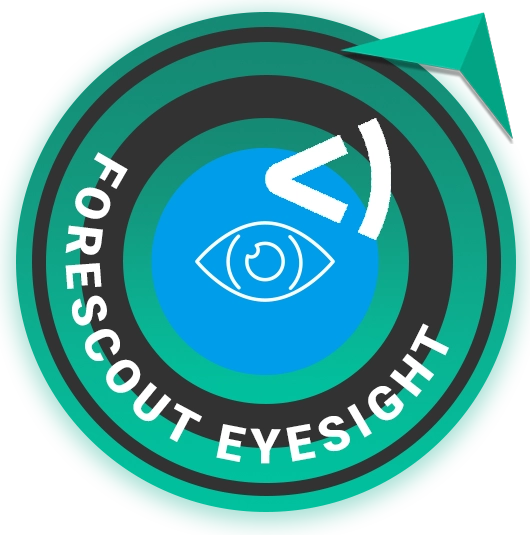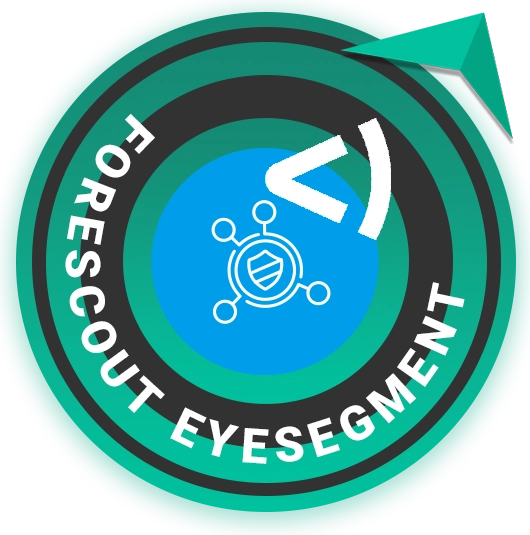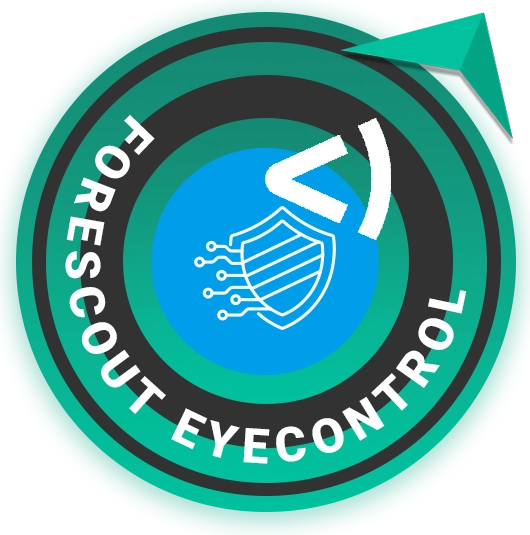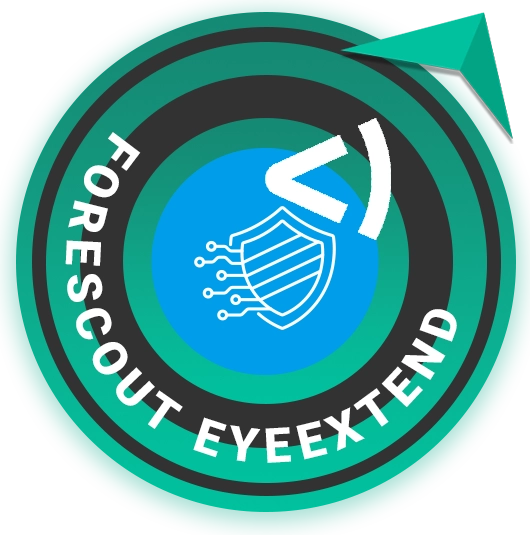FORESCOUT EYESIGHT ULTIMATE GUIDE
Product Review & Analysis
Hi, I’m Carlos! A technical recruiter on a mission to elevate the workforce by connecting impactful people with meaningful organizations.
100+
product reviews of trending tech
2M+
active users
annually
100+
tech tools in our tool database
Forescout eyeSight is a cybersecurity tool designed to provide real-time and continuous visibility into all devices on your network, including managed, unmanaged, and IoT devices. It enhances network security through automated asset classification, compliance assessments, and policy enforcement, helping organizations identify and mitigate potential security risks efficiently.
Section 1
Installation & Setup
The installation and setup of Forescout eyeSight are crucial steps to ensure the proper monitoring and management of network devices. This section will guide you through the initial installation, configuration, and common troubleshooting to set up eyeSight effectively in your environment.
The first step in installing Forescout eyeSight involves preparing your environment, which includes ensuring that your system meets the required specifications and that all necessary ports are open. Typically, you would download the eyeSight installer from the Forescout website, then run the installer on a dedicated server following the on-screen instructions. This process may involve selecting the components to install, setting up a database, and configuring network settings.
After the main installation, you might need to install additional components or agents, depending on your network’s specific requirements. It’s important to follow the official documentation closely to avoid common pitfalls, such as incorrect network configurations or insufficient user privileges.
Once eyeSight is installed, the initial configuration involves setting up network discovery and connecting eyeSight to your network. This typically includes specifying the network segments to monitor and configuring the method of discovery (such as SNMP, SSH, or Active Directory integration).
The next step is to define policies and rules that determine how eyeSight will interact with detected devices. This could involve setting up security policies, compliance checks, and segmentation rules. Testing these configurations in a controlled environment before full deployment is essential to ensure they work as intended.
Common issues during the installation and setup of eyeSight include problems with network visibility, such as devices not being detected due to misconfigured network settings or firewalls blocking the necessary ports. Troubleshooting tips often include verifying network configurations, checking firewall and security settings, and ensuring that all required services are running.
Another frequent issue is related to database connectivity problems. Ensuring that the database is correctly set up, that eyeSight has the necessary permissions, and that the database server is reachable from the eyeSight server can resolve these issues.
Section 2
Features and Capabilities
Forescout eyeSight provides a comprehensive suite of features aimed at enhancing network security and visibility. This section delves into the key features, their practical applications, and the limitations inherent to the tool.
eyeSight offers real-time and continuous monitoring of all devices on your network, providing complete visibility into both managed and unmanaged devices. This includes devices that do not have traditional operating systems, such as IoT devices.
The tool’s automated asset classification and compliance assessment features allow for the rapid identification of devices and assessment against compliance standards. This is crucial for maintaining security standards across a diverse set of devices and network environments.
One of the primary use cases for eyeSight is in network security, where it can identify unauthorized devices or abnormal behavior indicative of security threats. This aids in the early detection and mitigation of potential security incidents.
Another significant application is in compliance and risk management, where eyeSight can help ensure that all devices comply with internal policies and regulatory standards, significantly reducing the risk of compliance-related issues.
While eyeSight is powerful, it has limitations, such as dependency on network visibility and access. If devices are isolated or network segments are not included in the monitoring scope, eyeSight cannot provide visibility or security for those areas.
Additionally, the complexity and breadth of features can lead to a steep learning curve for new users, potentially leading to underutilization or misconfiguration of the tool.
Section 3
Advanced Usage and Techniques
Beyond basic monitoring and management, Forescout eyeSight offers advanced features and techniques for more sophisticated network security strategies. This section explores these advanced capabilities, best practices for their use, and how eyeSight can integrate with other tools and systems.
Forescout eyeSight offers advanced features such as network segmentation, which helps in isolating sensitive areas of the network to prevent the spread of threats. It also provides detailed policy enforcement capabilities, allowing for automated responses to detected issues.
The tool’s scalability features are designed to accommodate large and dynamic networks, making it suitable for enterprise environments where network assets frequently change.
It is essential to regularly update and maintain the eyeSight system to ensure it operates effectively. This includes keeping the device signatures up to date and reviewing the policies and rules to ensure they remain relevant.
Training and involving stakeholders across different departments can enhance the tool’s effectiveness, ensuring that security and compliance are maintained across all parts of the organization.
eyeSight can integrate with a wide range of other security solutions, enhancing overall network security posture. For example, integrating eyeSight with SIEM systems can provide deeper insights into network events and facilitate quicker response times. Additionally, leveraging APIs for custom integrations can extend eyeSight’s capabilities to fit specific organizational needs.
Section 4
FAQs
Understanding Forescout eyeSight requires clarification on frequently asked questions and misconceptions. This section aims to provide clear answers and correct common misunderstandings about the product.
- How does eyeSight handle new devices on the network? eyeSight automatically detects and classifies new devices as they connect to the network, using various methods such as passive monitoring and active scanning.
- Can eyeSight monitor off-network devices? While eyeSight primarily monitors devices on the network, it can track off-network devices to some extent through integrations with other systems like VPNs or mobile device management solutions.
- What types of devices can eyeSight detect? eyeSight can detect a wide range of devices, including IT, IoT, OT, and IoMT devices, providing broad visibility across the network.
- How does eyeSight contribute to network security? eyeSight enhances network security by identifying unauthorized devices, detecting anomalous behavior, and enforcing security policies.
- Is eyeSight suitable for small businesses? While eyeSight is scalable and can benefit organizations of all sizes, the cost and complexity may be more suitable for medium to large enterprises.
- eyeSight is only for large enterprises: While eyeSight is powerful and scalable, it offers solutions for businesses of various sizes, though small businesses should assess cost and complexity.
- eyeSight replaces all other security tools: eyeSight complements, rather than replaces, other security tools, providing a layer of visibility and control rather than a complete security solution.
- eyeSight can only monitor wired network devices: eyeSight can monitor both wired and wireless devices, offering comprehensive network visibility.
- Installation of eyeSight is highly intrusive and disruptive: While installation requires planning, eyeSight can be deployed with minimal disruption, especially when following best practices.
- eyeSight requires devices to have agents installed: eyeSight can monitor devices without requiring agents, using passive monitoring techniques, though agents are available for enhanced functionality.
Section 5
FORESCOUT PRODUCT OVERVIEW
This section will show you the different tools Forescout has to offer.






